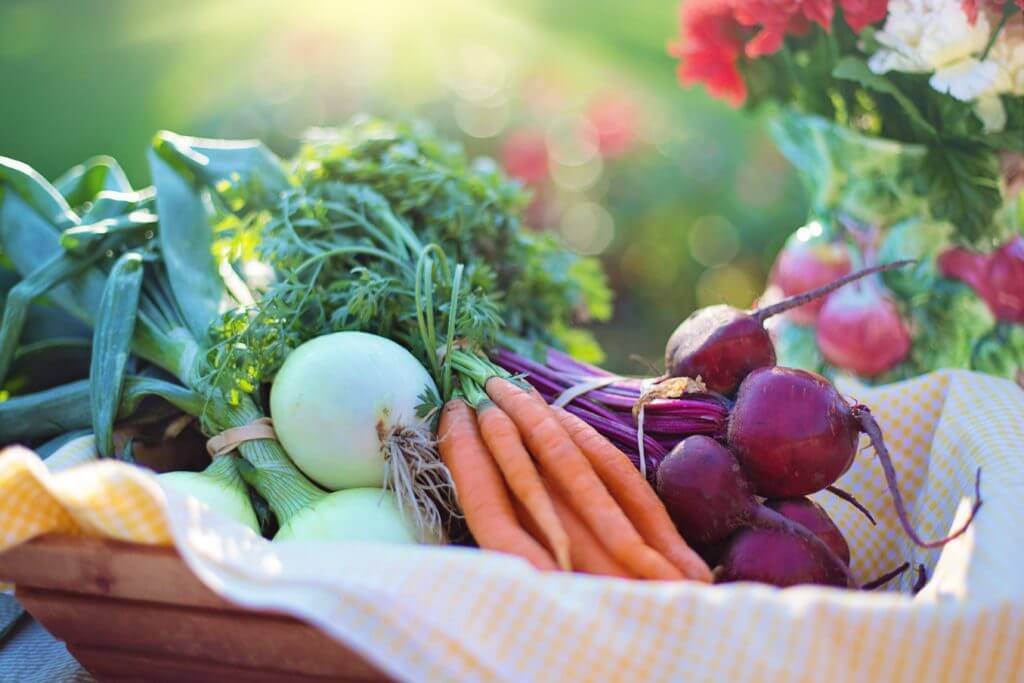Whether you weather the weather

I am obsessed with the weather. It controls all that can or can’t happen on the farm and the margins are incredibly delicate. If the weather is cooperative and you time your actions just right, you can save yourself a ton of work. However, if you miss a detail in the forecast or the forecast is wrong or changes suddenly, bad things can happen. Such a fine line it is.
First I want to mention how absolutely incredible weather forecasting has become. When I was a kid you’d look at the back of the daily newspaper at the little pictures of either the sun or clouds or rain drops below each day and that was the level of forecast you’d get. Luckily for me at that point in my life all I had riding on it was essentially whether or not my Little League game was going to happen. The nightly news probably had the most in-depth forecast, but even that seemed essentially like they had a dart board with all of the varieties of weather in the spaces and they’d blindfold someone and asked “what’s it going to be like on Tuesday?”
Then came radar and satellites and smart phones. Not only did the forecasting change for the better, dramatically, but so did our access to the information. Instant, accurate weather is now readily available. Wind direction, timing of precipitation, chance of frost – you name the metric you desire and it’s a click away. And this is an essential tool for me when it comes to managing the farm. I triangulate my read on the weather. I use multiple sites and study the differences in their forecasts to come up with our action plan. Sometimes all the forecasts agree: rain on Thursday. This makes it easy to plan. Often the forecasts don’t totally agree and this is where it gets tricky. Who’s going to be right? Is it going to rain or not?
Soil moisture is the most constraining factor in regards to what and when we do what we need to do on the farm. In the spring it’s a waiting game. We wait until the soil has dried out enough to be worked. There are years where it dries out in early April and we have free range to plow the fields and get the early crops planted and prepare the fields for the crops that will need to be planted in May. Too dry is not a problem because we can irrigate after we plant. Too wet is a problem, and there are plenty of years around here where it never dries out to the level I need to work the soil without damaging it. Soil is delicate, and clay soil particularly so. Work it when it’s too wet and it will hold a cloddy grudge all season long. But when your livelihood depends on getting crops planted every week from early May until the end of August, there are times you have to force it. We need to plant 5,000 heads of lettuce every week, even if it’s wet. In an ideal world it dries out enough for the soil to be workable, we plant what needs to be planted, and then it rains enough to settle in the planting. When this happen it feels like I’m gaming the system. Getting it just right just in time. That’s pretty rare though, and usually there’s some less than ideal tillage that has to happen to take care of business.
Then there’s the frost and severe storms. Frost can undo a lot of work in the course of one night so, I live in fear of it. We tend to plant frost tender crops late enough to not have to worry about them getting frosted. But the market rewards earliness. Being the first to have tomatoes at the market is a huge win and well rewarded. Yet, if you plant early you’re definitely risking getting burned by a cold night. There’s nothing worse than putting all the work into raising seedlings and prepping beds just to see the plants get cooked by a frost. So when The Eye on The Sky says, “Frost in the coldest mountain hollows,” I’ve learned the hard way that that includes us here in what is otherwise referred to as The Banana Belt. We often get frosts when my friends in the hills don’t.
The best way to protect our crops from excessive rain and late frosts is by growing in greenhouses. So I built greenhouses. Seven of them to be exact. They solve both of the aforementioned problems. But they have one vulnerability: wind. And as you all know, we’re a rather windy place. Regular wind is no problem: twenty, thirty miles per hour no biggie. But more and more we seem to get these hellacious storms, like last week. I was in Shelburne when that storm blew through and was sure that by the time I got back to the farm my greenhouses would be in tatters. Luckily that storm stayed just to the north and we were spared the woes Shelburne experienced. We weren’t so lucky last October, and that wind storm stripped the plastic off two greenhouses and severely tattered a third.
Despite all the incredibly accurate forecasting and the ability to more or less know what to expect, weather-wise, the fact of the matter is that farming is risky business. You’ve got to have a gambler’s fortitude to weather the ups and downs. Bad things are going to happen. You’ve got to brush the dust off and get back on the horse.

